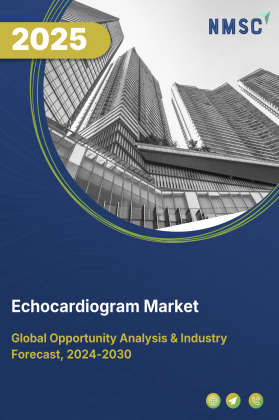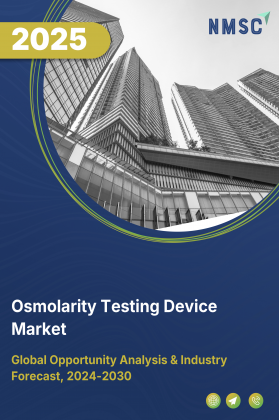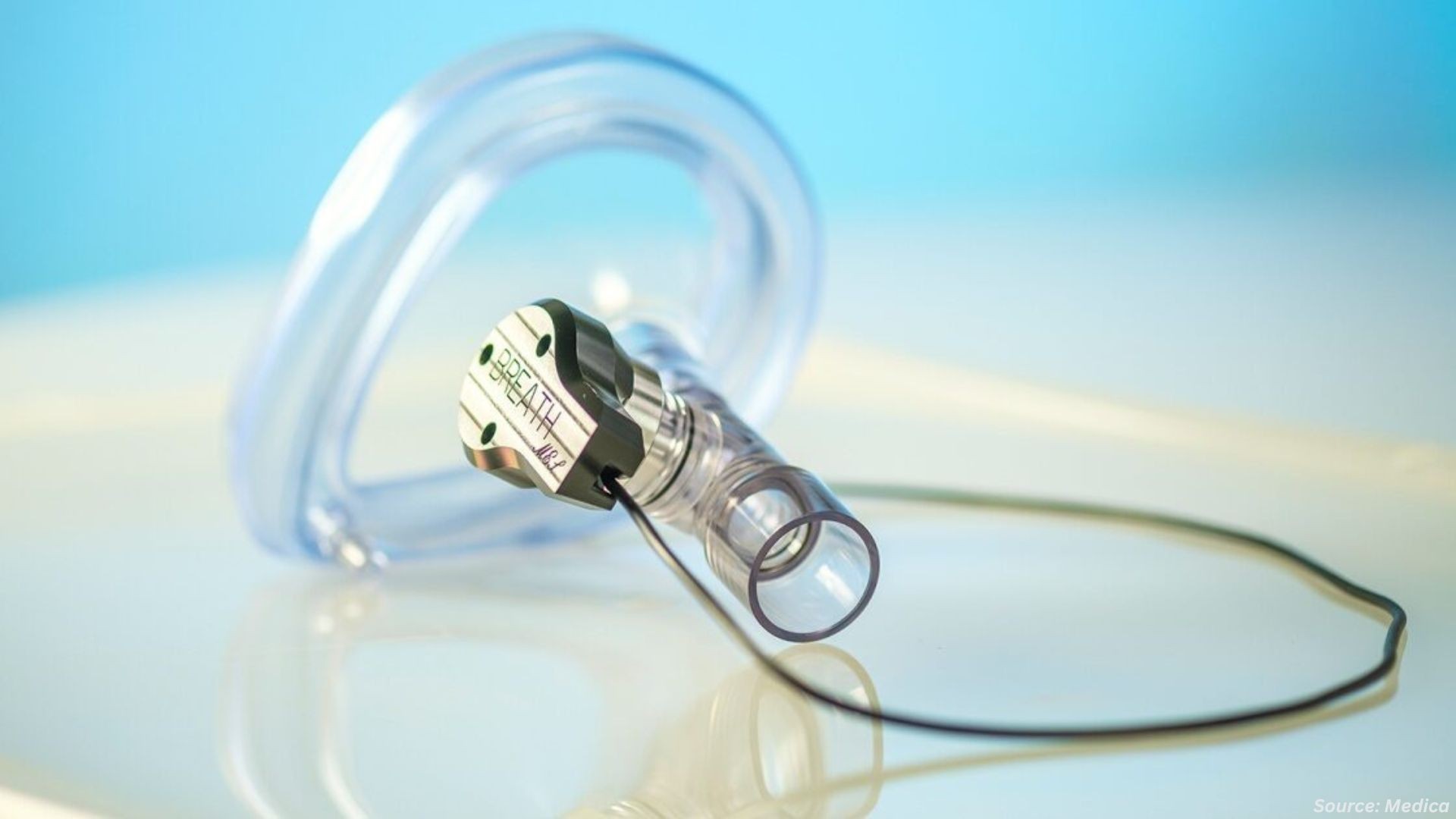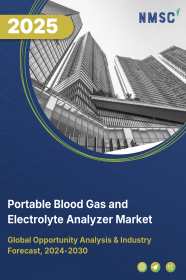
Portable Blood Gas and Electrolyte Analyzer Market by Device Type (Handheld Analyzers, Benchtop-Portable Analyzers), by Test Parameter (Blood Gases (pH, pCO₂, pO₂), Electrolytes (Na⁺, K⁺, Cl⁻, Ca²⁺), Co-Oximetry & Metabolites (tHb, O₂‑Sat, Lactate)), by Technology Platform (Cartridge-Based Systems, Wet-Reagent (Liquid) Systems), by End User (Hospitals, Outpatient Clinics & ASCs, Home Care & Remote Monitoring, Veterinary Practices), and Others – Global Forecast, 2025–2030
Industry Outlook
The global Portable Blood Gas and Electrolyte Analyzer Market size was valued at USD 2.50 billion in 2024, and is predicted to reach USD 2.78 billion by the end of 2025, and is expected to continue its growth trajectory, reaching USD 3.50 billion by 2030, with a CAGR of 4.7% from 2025 to 2030.
The market for portable blood gas and electrolyte analysers is growing rapidly, driven by the increasing adoption of home healthcare, the rising prevalence of chronic diseases, and the expansion of emergency and critical care services. These compact, real-time diagnostic tools are becoming essential for managing conditions like diabetes, respiratory disorders, and cardiovascular diseases in both clinical and home settings. Their use is further supported by advancements in connectivity and user-friendly designs, making them accessible to non-clinical users.
However, high acquisition costs remain a barrier, particularly for smaller care providers. At the same time, the integration of AI and predictive analytics is unlocking new possibilities, enhancing diagnostic precision, and enabling proactive healthcare, which is expected to propel future market growth.
The Growing Adoption of Home Healthcare Boosts the Market Growth
The growing adoption of home healthcare is significantly driving the market, as patients seek convenient, at-home diagnostic tools to monitor chronic conditions like respiratory disorders, kidney diseases, and metabolic imbalances. These portable analyzers provide real-time analysis of key parameters such as pH, oxygen, carbon dioxide, and electrolyte levels, helping to reduce frequent hospital visits. Healthcare providers also favor these devices for their ability to deliver timely insights in home settings.
Additionally, advancements in miniaturization, connectivity, and user-friendly interfaces are enhancing device accessibility for non-clinical users, further supporting their integration into home-based care. This shift is reinforcing the demand for reliable point-of-care solutions in personal healthcare management.
The Increasing Prevalence of Chronic Diseases Fuels the Market Expansion
The surging incidence of chronic diseases is a key driver of growth in the expansion of the market. These analyzers provide fast and accurate diagnostics, essential for managing conditions such as diabetes, respiratory disorders, and cardiovascular diseases. Their portability and real-time monitoring capabilities make them ideal for both clinical and home settings.
As per the report of the International Diabetes Federation, in 2024, an estimated 589 million adults aged 20–79, about one in nine globally, lived with diabetes, with 252 million cases undiagnosed, underscoring the urgent need for accessible diagnostic tools. This rising disease burden is accelerating demand for portable analyzers to support early detection, timely intervention, and effective long-term disease management.
Expansion of Emergency and Critical Care Services Enhances Market Demand
The expansion of emergency and critical care services is significantly boosting the portable blood gas and electrolyte analyzer market demand. As healthcare systems enhance their response capabilities, the need for rapid, point-of-care diagnostics has grown.
These portable analyzers are essential in intensive care units, emergency rooms, ambulances, and military medical units, where immediate analysis of blood gases and electrolytes supports timely, lifesaving decisions. Their ability to deliver accurate results at the bedside makes them a vital tool in high-pressure medical environments, reinforcing their role in modern critical care infrastructure.
High Acquisition Costs Limit Adoption and Hinder Market Growth
The high cost of blood gas monitoring limits the ability of small clinics and home care providers to invest in these advanced diagnostic tools. This financial barrier restricts access to comprehensive care, ultimately hindering the portable blood gas and electrolyte analyzer market expansion.
AI and Predictive Analytics Unlock Lucrative Opportunities for Market Expansion
The integration of artificial intelligence and predictive analytics is opening new avenues for growth in the market. By incorporating machine learning algorithms, these devices enhance diagnostic accuracy, identify patterns, and even predict patient outcomes. This technological advancement supports more informed clinical decisions and proactive care.
A 2024 study by the NIH demonstrated that machine learning models applied to arterial blood gas data could predict complex acid-base imbalances with up to 99.66% accuracy using XGBoost. Such innovations are expected to transform point-of-care diagnostics and drive significant expansion of the market in the coming years.
Market Segmentations and Scope of the Study
The portable blood gas and electrolyte analyzer market report is segmented on the basis of product type, modality, technology, sample type, application, end-user, and by region. On the basis of product type, the market is categorized into Instruments and Consumables. The Instruments segment is further bifurcated into Combined Analyzers, Blood Gas Analyzers, and others, while the Consumables segment is further broken down into Cartridges & Test Strips, Quality-Control Solutions, and Others. Based on modality, the market is classified into Portable and Benchtop analyzers. Based on technology, the market is segmented into Electrochemical, Optical, and Others. By sample type, the market is divided into Arterial, Venous, and others. On the basis of application, the market is segmented into Respiratory Disorders Monitoring, Cardiovascular Care, and Others. Finally, on the basis of end-user, the market is segmented into Hospitals, Diagnostic Centers, Clinics, Diagnostic Laboratories, Home Healthcare, and Others. The regional breakdown includes North America, Europe, Asia-Pacific, and the Rest of the World (RoW).
Geographical Analysis
North America holds the largest portable blood gas and electrolyte analyzer market share and is expected to maintain its dominance through the forecast period. This growth is largely driven by the rising number of diabetes patients who require frequent monitoring to manage their condition and avoid complications. Portable analyzers offer quick, reliable results, enabling timely treatment adjustments at home.
According to the International Diabetes Federation’s 2024 report, 13.7% of U.S. adults, around 38.5 million people, are living with diabetes, highlighting the urgent need for accessible, point-of-care diagnostic tools beyond traditional clinical settings.
Across Europe, healthcare systems are undergoing important changes that are directly influencing the industry. A notable example is the EU4Health 2024 work programme, which has allocated USD 814.39 million to reinforce resilience, advance digital health infrastructure, and promote community-level diagnostics. This funding reflects a strategic focus by the European Union to strengthen decentralized healthcare delivery and invest in technologies that enhance real-time, on-site diagnostic capabilities.
The Asia-Pacific market is projected to witness steady growth, driven by the increasing adoption of home healthcare across the region. As more patients take a proactive approach to health management, the demand for quick, accurate, and user-friendly diagnostic tools is rising.
Portable analyzers support real-time monitoring of vital parameters, aiding timely medical decisions. A 2024 study in the Indian Journal of Critical Care Medicine validated that ABG Analyzer devices provide electrolyte readings comparable to central lab equipment, underscoring their effectiveness in both critical care and home settings where immediate results are crucial.
Furthermore, in Rest of World (RoW) regions, portable blood gas and electrolyte analyzers play a critical role in enhancing patient care by enabling rapid, bedside diagnostics in settings where access to centralized laboratories is limited or delayed. These devices are especially essential in rural clinics, remote health centers, and under-resourced urban hospitals, where traditional laboratory infrastructure is often lacking or overburdened.
By delivering near-instant results for parameters such as pH, pCO₂, pO₂, electrolytes, and lactate, portable analyzers support faster clinical decision-making, especially in emergency, trauma, and critical care scenarios. In such environments, handheld and compact tabletop analyzers serve as vital tools for managing acute conditions like respiratory failure, sepsis, and metabolic imbalances. Moreover, their ease of use, minimal sample requirements, and rapid turnaround time help bridge healthcare delivery gaps and improve patient outcomes across low- and middle-income countries.
Strategic Innovations Adopted by Key Players
Key players in the global portable blood gas and electrolyte analyzer industry, are accelerating market growth through targeted innovation, global partnerships, and strategic acquisitions.
-
In July 2024, Werfen introduced the GEM Premier 7000 point-of-care blood gas testing system, designed to enhance diagnostic accuracy and patient safety. A key innovation in this system is the integration of intelligent quality management (iQM) and hemolysis detection, a first in POC blood gas testing. The hemolysis detection feature enables early identification of compromised samples, ensuring more reliable results and reducing the risk of diagnostic errors in critical care settings. This launch marks a significant step forward in improving the efficiency and reliability of bedside diagnostics.
-
In May 2024, Radiometer partnered with Etiometry to enhance critical care by integrating blood gas diagnostics with AI-powered clinical insights on a single platform, streamlining decision-making and workflows. These strategic innovations and collaborations are reshaping critical care, emergency response, and remote health delivery worldwide, contributing to the continued expansion of portable blood gas and electrolyte diagnostics.
-
In November 2024, Roche entered into a definitive agreement to acquire Poseida Therapeutics, including its off-the-shelf CAR-T cell therapy candidates and related platform technologies. This strategic move strengthens Roche’s position in cell and gene therapy, expanding its capabilities across haematological malignancies, solid tumours, and autoimmune diseases.
-
In August, Abbott partnered with Medtronic to collaborate on connecting Abbott's CGM system with Medtronic's insulin delivery devices. Such global partnerships not only advance integrated diabetes care but also strengthen Abbott’s overall diagnostics ecosystem, supporting growth in adjacent segments like the blood gas market through expanded clinical reach and technology integration.
Key Benefits
-
The report provides quantitative analysis and estimations of the industry from 2025 to 2030, which assists in identifying the prevailing market opportunities for portable blood gas and electrolyte analyzers.
-
The study comprises a deep-dive analysis of the current and future portable blood gas and electrolyte analyzer market trends to depict prevalent investment pockets in the industry.
-
Information related to key drivers, restraints, and opportunities and their impact on the market is provided in the report.
-
Competitive analysis of the key players, along with their market share is provided in the report.
-
SWOT analysis and Porters Five Forces model is elaborated in the study.
-
Value chain analysis in the market study provides a clear picture of roles of stakeholders.
Portable Blood Gas and Electrolyte Analyzer Market Key Segments
By Device Type
-
Handheld Analyzers
-
Benchtop-Portable Analyzers
By Test Parameter
-
Blood Gases (pH, pCO₂, pO₂)
-
Electrolytes (Na⁺, K⁺, Cl⁻, Ca²⁺)
-
Co-Oximetry & Metabolites (tHb, O₂‑Sat, Lactate)
By Technology Platform
-
Cartridge-Based Systems
-
Sensor-Based Systems
-
Wet-Reagent (Liquid) Systems
By End User
-
Hospitals
-
Emergency Department (ED)
-
Intensive Care Unit (ICU/CCU)
-
-
Outpatient Clinics & ASCs
-
Home Care & Remote Monitoring
-
Veterinary Practices
-
Emergency & Field Response
By Distribution Channel
-
Direct OEM Sales
-
Distributor / Dealer Sales
-
Online / E-Commerce
By Region
-
North America
-
The U.S.
-
Canada
-
Mexico
-
-
Europe
-
The UK
-
Germany
-
France
-
Italy
-
Spain
-
Denmark
-
Netherlands
-
Finland
-
Sweden
-
Norway
-
Russia
-
Rest of Europe
-
-
Asia-Pacific
-
China
-
Japan
-
India
-
South Korea
-
Australia
-
Indonesia
-
Singapore
-
Taiwan
-
Thailand
-
Rest of Asia-Pacific
-
-
RoW
-
Latin America
-
Middle East
-
Africa
-
Key Players
-
Abbott Laboratories
-
Roche Diagnostics International AG
-
Siemens Healthineers AG
-
Werfen, S.A.
-
Nova Biomedical Corporation
-
Radiometer Medical ApS (Danaher)
-
IDEXX Laboratories, Inc.
-
Nihon Kohden Corporation
-
Edan Instruments, Inc.
-
Medica Corporation
-
Bioevopeak Co., Ltd.
-
Seamaty Biotech Co., Ltd.
-
I-SENS, Inc.
-
JOKOH Co., Ltd.
-
Convergent Technologies GmbH & Co. KG
-
Caretium Medical Instruments Co., Ltd.
-
Contec Medical Systems Co., Ltd.
-
Rayto Life & Analytical Sciences Co., Ltd.
-
Diamond Diagnostics Pvt. Ltd.
-
Bionet Co., Ltd.
Report Scope and Segmentation
|
Parameters |
Details |
|
Market Size in 2025 |
USD 2.78 Billion |
|
Revenue Forecast in 2030 |
USD 3.50 Billion |
|
Growth Rate |
CAGR of 4.7% from 2024 to 2030 |
|
Analysis Period |
2024–2030 |
|
Base Year Considered |
2024 |
|
Forecast Period |
2025–2030 |
|
Market Size Estimation |
Billion (USD) |
|
Growth Factors |
|
|
Countries Covered |
28 |
|
Companies Profiled |
20 |
|
Market Share |
Available for 10 companies |
|
Customization Scope |
Free customization (equivalent up to 80 working hours of analysts) after purchase. Addition or alteration to country, regional, and segment scope. |
|
Pricing and Purchase Options |
Avail customized purchase options to meet your exact research needs. |


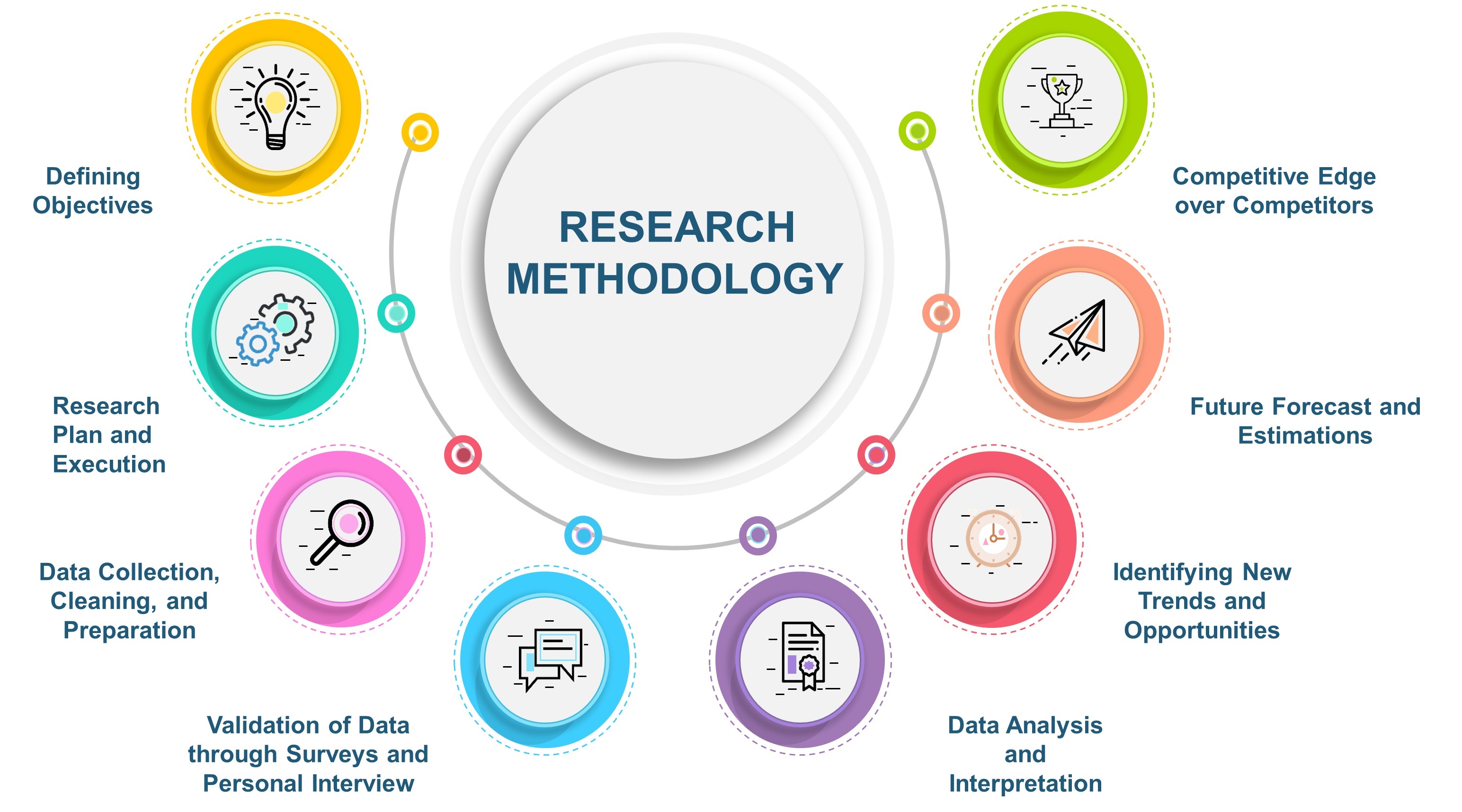

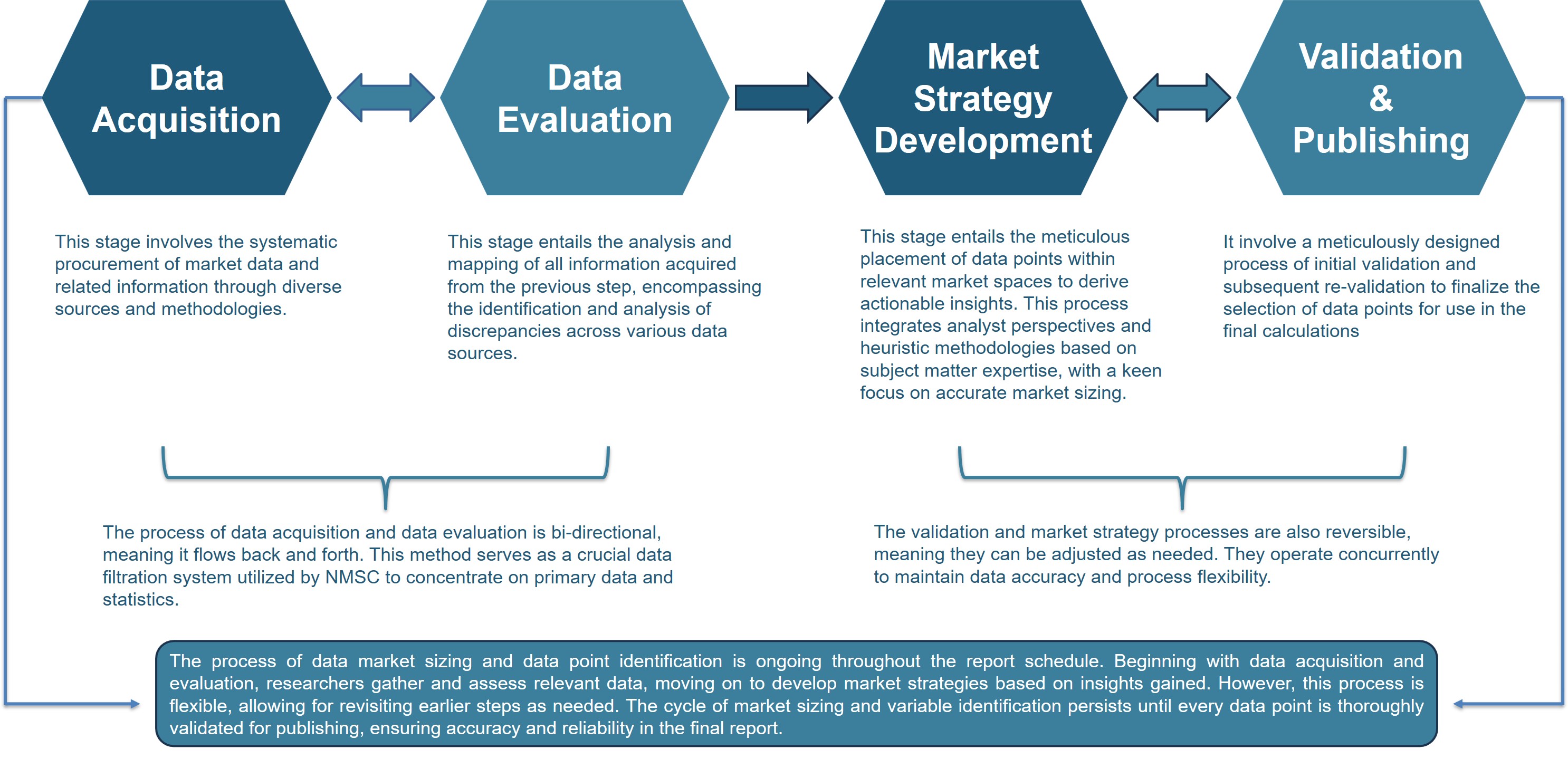
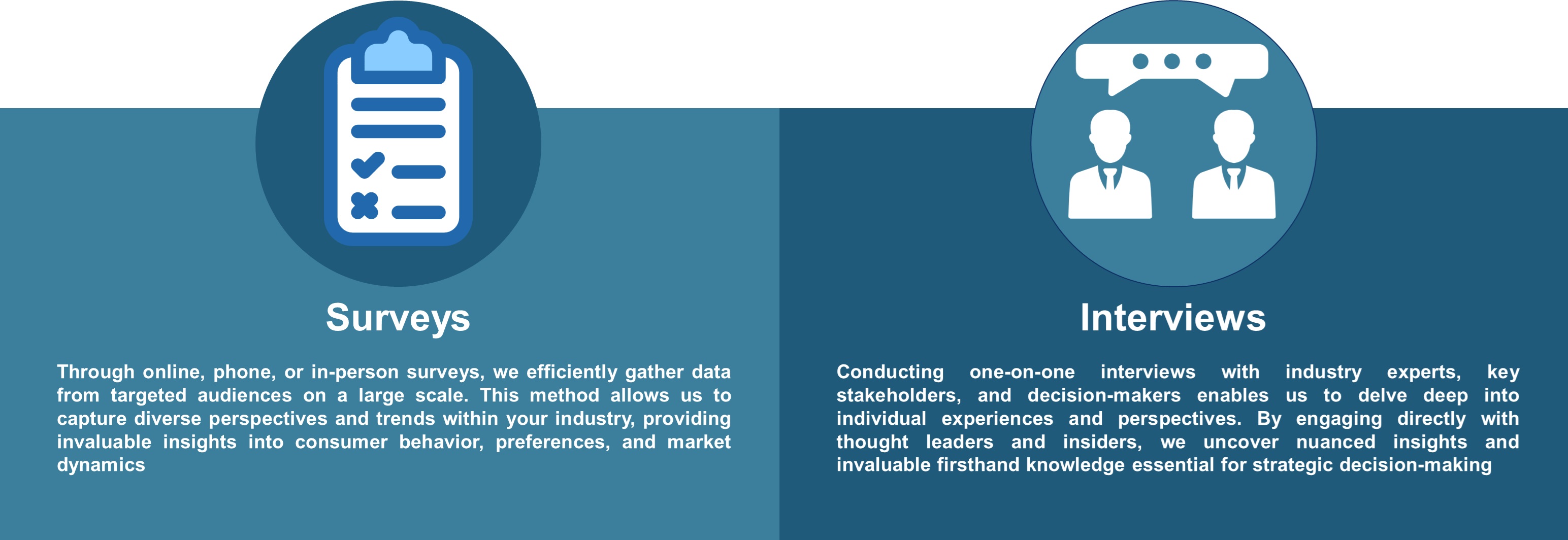



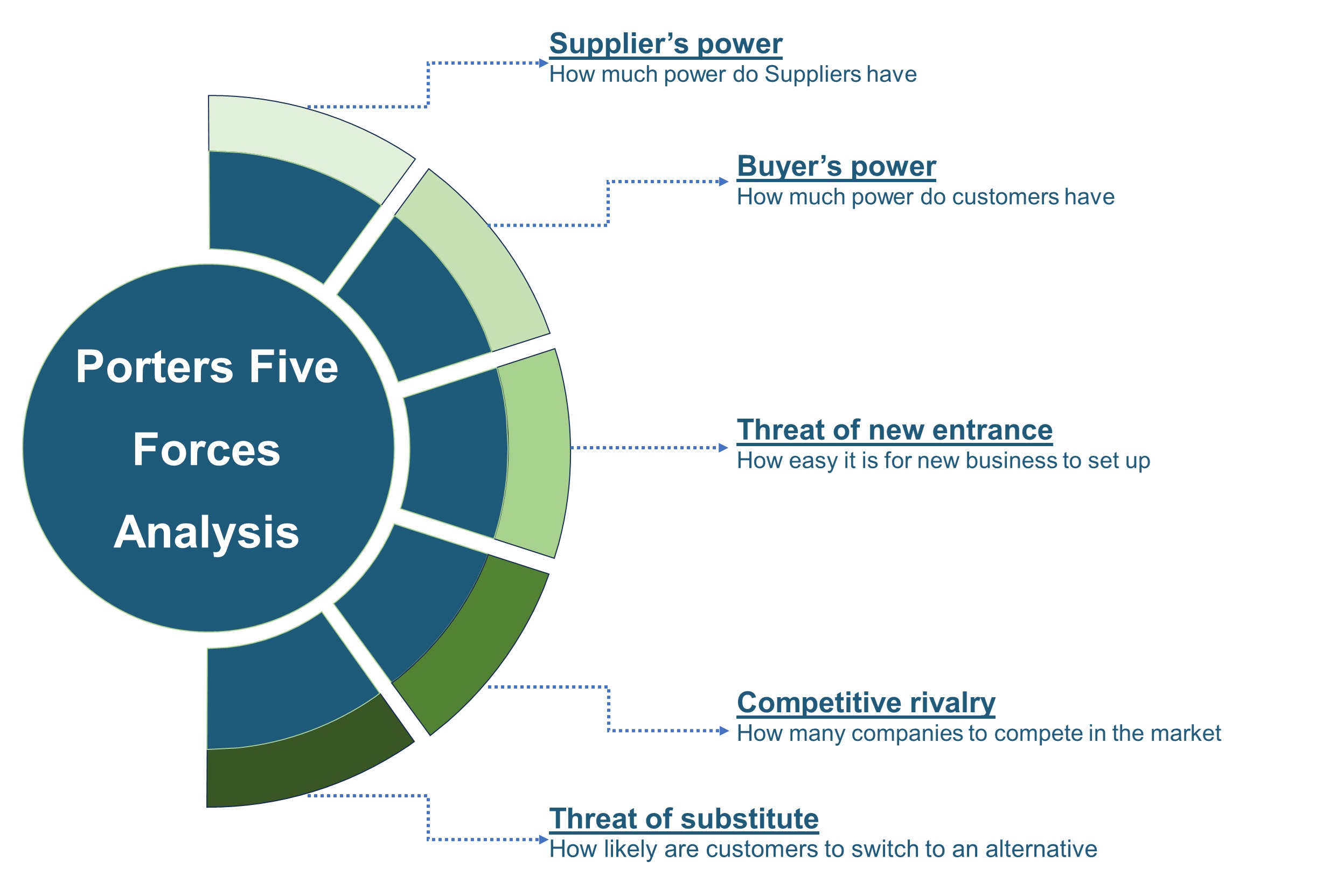







 Speak to Our Analyst
Speak to Our Analyst



